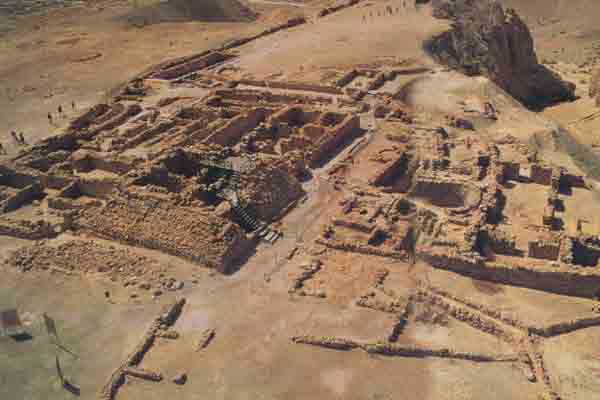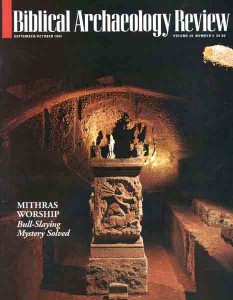
Scholars disagree about the nature of the settlement known as Qumran, which is set in the midst of the area where the Dead Sea Scrolls were found. Roland de Vaux, who directed the excavations at Qumran between 1951 and 1956, concluded that it had been inhabited by an isolated religious community, whom he identified as the Essenes. Unfortunately, de Vaux died in 1971 without completing his final report on the excavations. In 1987 a team of Belgian archaeologists, Robert Donceel and his wife Pauline Donceel-Voûte, were engaged by Father Jerome Murphy-O’Connor of the École Biblique to write the final report based on de Vaux’s notes and the excavated artifacts and remains. Although they and other scholars who joined the team have not yet finished their work, the Donceels have concluded that Qumran was not a religious comcommunity at all, but a winter villa, much like the winter villas that wealthy Jerusalemites built in the early years of this century near Jericho. The American scholar Norman Golb, on the other hand, puts forth a still different hypothesis. He argues that the site was a military fortress.a
Already a library member? Log in here.
Institution user? Log in with your IP address.

